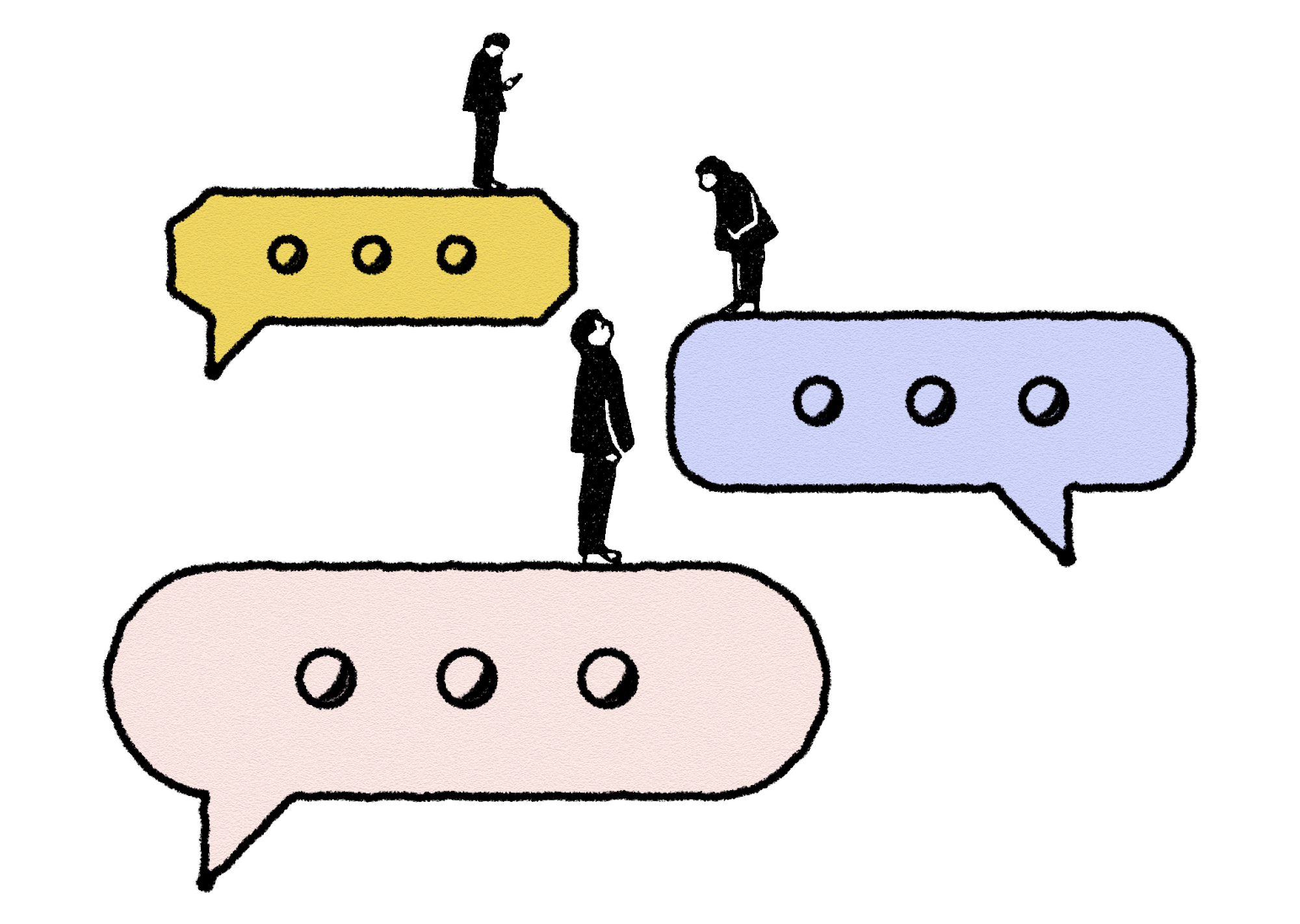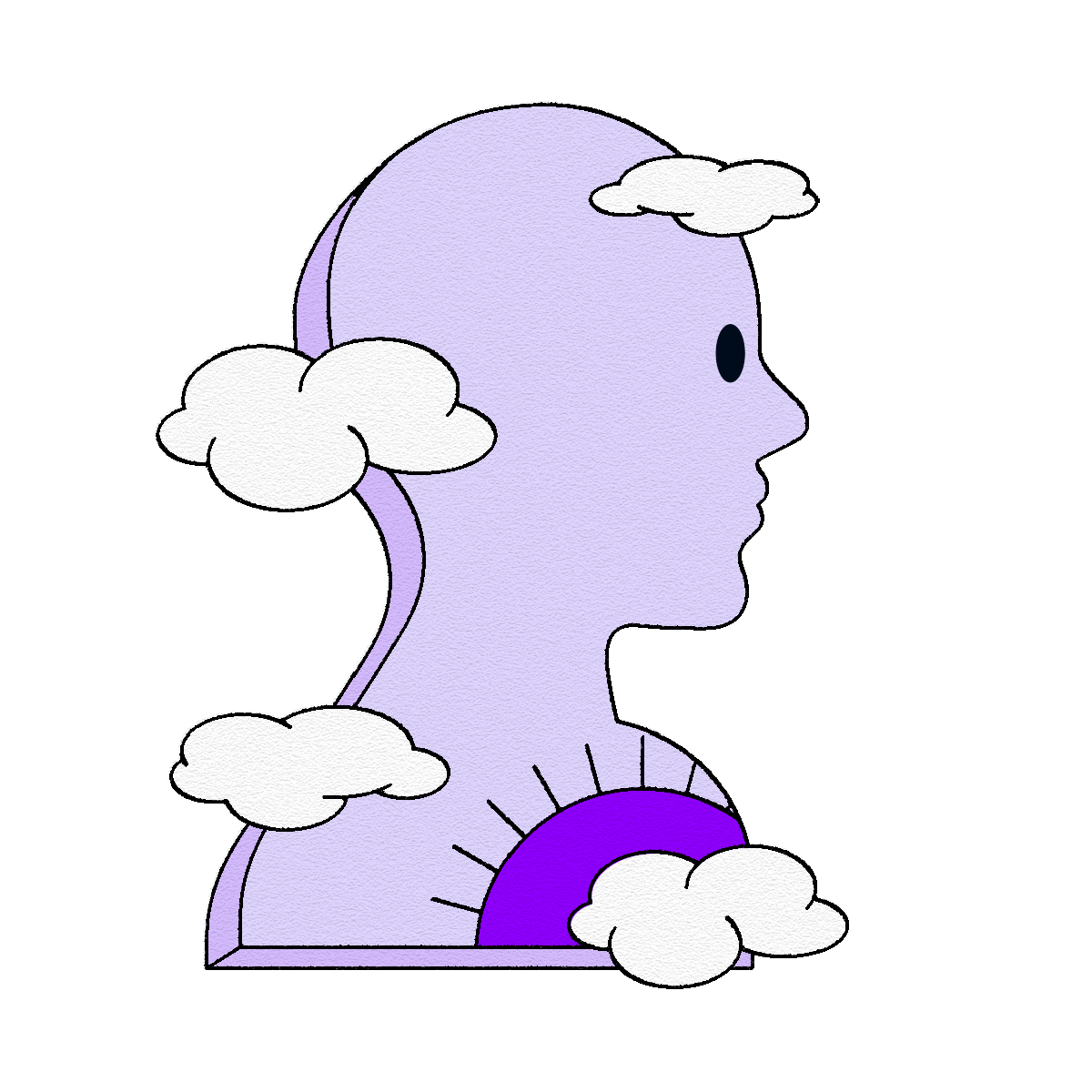View more from
ArticleNeurodiversity describes the full spectra of human differences in the way that information is reasoned with and interpreted. Neurodivergency on the other hand describes the 15-20% of people where some of these cognitive processes differ from the majority population. To date, neurodivergency is commonly associated with neurodevelopmental conditions such as ADHD (attention deficit hyperactivity disorder), Autism, and Dyslexia among many others.
The current state of neurodiversity inclusion at work
Most organisations now recognise the distinct abilities neurodivergent individuals can bring to the workplace and therefore support the business case for neurodiversity inclusion.
However, despite the efforts to increase representation of neurodiverse talent across their workforce, there still appears to be substantial inequity in the way neurodivergent individuals experience opportunities for meaningful stable work or career advancement in comparison to their neurotypical peers.1de Beer, J., Engels, J., Heerkens, Y. and van der Klink, J. (2014). Factors influencing work participation of adults with developmental dyslexia: a systematic review. BMC Public Health, 14(1).
It’s fair to say the practice of neurodiversity inclusion has not caught up with the efforts put forward by advocates and researchers promoting neurodiversity at work.
Researchers argue that diversity is not delivered to the extent intended 2Dobusch, L. (2020). The inclusivity of inclusion approaches: A relational perspective on inclusion and exclusion in organizations. Gender, Work & Organization. and we need to go beyond just diversity management. This means making cultural shifts which create a sense of belonging for all individuals in each diversity group making up your workforce. For example, the recent UK government-backed Parker Review3Parkerreview.co.uk (2023). Available at: https://parkerreview.co.uk/wp-content/uploads/2023/03/EY-Parker-Review-2023.pdf (Accessed: April 28, 2023). highlights the need to supplement diversity efforts, asserting such efforts would work better when the human imperative is addressed alongside the economic imperative. This means combining diversity management with inclusion management practices across the full employment lifecycle.4Solkhe, A. (2021). Diversity and Inclusion: An Analysis of Current Status, Dimensions and Methodology through Systematic Review of Literature. Asian Journal of Economics, Finance and Management, 3(1), 315-328. For instance, introducing employee sustainability management strategies that result in opportunities for neurodivergent individuals so they can thrive and progress alongside their neurotypical counterparts. Otherwise, companies will continue to face low retention and high turnover of neurodivergent talent.
From theory to evidence-based action
Understandably neurodiversity inclusion (or neuroinclusion) is not a straightforward task. While there is a lot of information available, it is not always clear how this can be translated into actions that successfully advance neuroinclusion. At Delta, we define neurodiversity inclusion as the concerted efforts within a given environment where a) cognitive differences between people are positively embraced and b) valued equally as part of an individual’s broader identity profile.
Progress on neurodiversity inclusion can be made by applying broad experience and learnings from equity, diversity and inclusion (ED&I) and seeing what has already worked well. Such an evidence-based approach is proven to help design more effective ED&I solutions. Other strands of ED&I work (such as race and gender equity work) have a longer history of research and practical application of solutions that build inclusive and equitable workplaces.
Neurodiversity is, of course, another facet of human difference that can have significant impact on an individual’s experiences of belonging, thriving and advancing in the workplace. So, crossing ED&I boundaries for thought leadership and borrowing tried and tested processes (which can be expertly modified), may steer towards greater success that also speaks to the human imperative of neurodiversity inclusion.

How do we do this at Delta?
Enhancing current neurodiversity inclusion efforts means addressing barriers on multiple levels and adopting our hallmark Inclusion Ecosystem© approach, to focus on individuals, groups and systems:
- A collaborative, system-wide approach: Rather than limiting neurodiversity inclusion to neurodiversity colleagues and DEI leads, acknowledge the ecosystem of people and practices that build a neuro-affirmative culture
- Neurotypical knowledge and attitudes: Rather than focusing on the individual alone, support employees (especially line managers) to better understand and appreciate the unique strengths, challenges and barriers to neurodivergent workers and help reduce stigma
- Representational accommodations: Rather than applying generic work adjustments at the individual level, turn these into standardised systemic processes instead. Individual level adjustments should complement and coexist with neuroinclusive systemic processes (e.g., modifications to the physical environment, flexible scheduling, and specialised job training). These should be identified, tailored and regularly reviewed through exploratory conversations between line manager and employee
- Expanded job opportunities: Rather than feeding into the stereotype of hiring neurodivergent individuals for science-based and tech roles, hire for various interests and talents. Like neurotypical people, there is untapped talent across various skillsets
- Think intersectionally: Rather than inadvertently limiting your scope to the privileged and more accessible neurodivergent majority (e.g., white autistic males), consider the impact of intersecting identities and individual circumstance (e.g., race, gender, socio-economic status etc.). Especially where neurodivergent individuals could be further disadvantaged or harder to reach. Build deliberate strategies into your talent attraction goals that target communities across various groups that are at greater risk of being minoritised
- Evaluation: Rather than measuring success based on diversity metrics alone; assess how well this translates into effective workplace inclusion practices by collecting data on employment rates, job retention and job satisfaction
In essence, neurodiversity at work programmes require a more holistic approach with the help of a broader lens. If you want to know more about how you can improve your existing neurodiversity inclusion strategy, or create a more sustainable neuroinclusive workplace, reach out to us here at Delta, where our Inclusion Ecosystem © change programmes can be tailored to help drive effective change in your organisation. Contact us to explore building blocks that can help you address inclusive role designs or sign up to our free intro webinar which covers the fundamentals of neurodiversity and inclusion at work.
References:
1.de Beer, J., Engels, J., Heerkens, Y. and van der Klink, J. (2014). Factors influencing work participation of adults with developmental dyslexia: a systematic review. BMC Public Health, 14(1).
2. Dobusch, L. (2020). The inclusivity of inclusion approaches: A relational perspective on inclusion and exclusion in organizations. Gender, Work & Organization.
3. Parkerreview.co.uk (2023). Available at: https://parkerreview.co.uk/wp-content/uploads/2023/03/EY-Parker-Review-2023.pdf (Accessed: April 28, 2023).
4. Solkhe, A. (2021). Diversity and Inclusion: An Analysis of Current Status, Dimensions and Methodology through Systematic Review of Literature. Asian Journal of Economics, Finance and Management, 3(1), 315-328.
Related resources

Article
Enabling leadership through difference in a global World
In conversation with Professor Doyin Atewologun.
Read more
Article
Diversity versus Meritocracy: an unhelpful (harmful?) narrative
Meritocracy may well be a value and a goal, but it is not a current reality.
Read more








